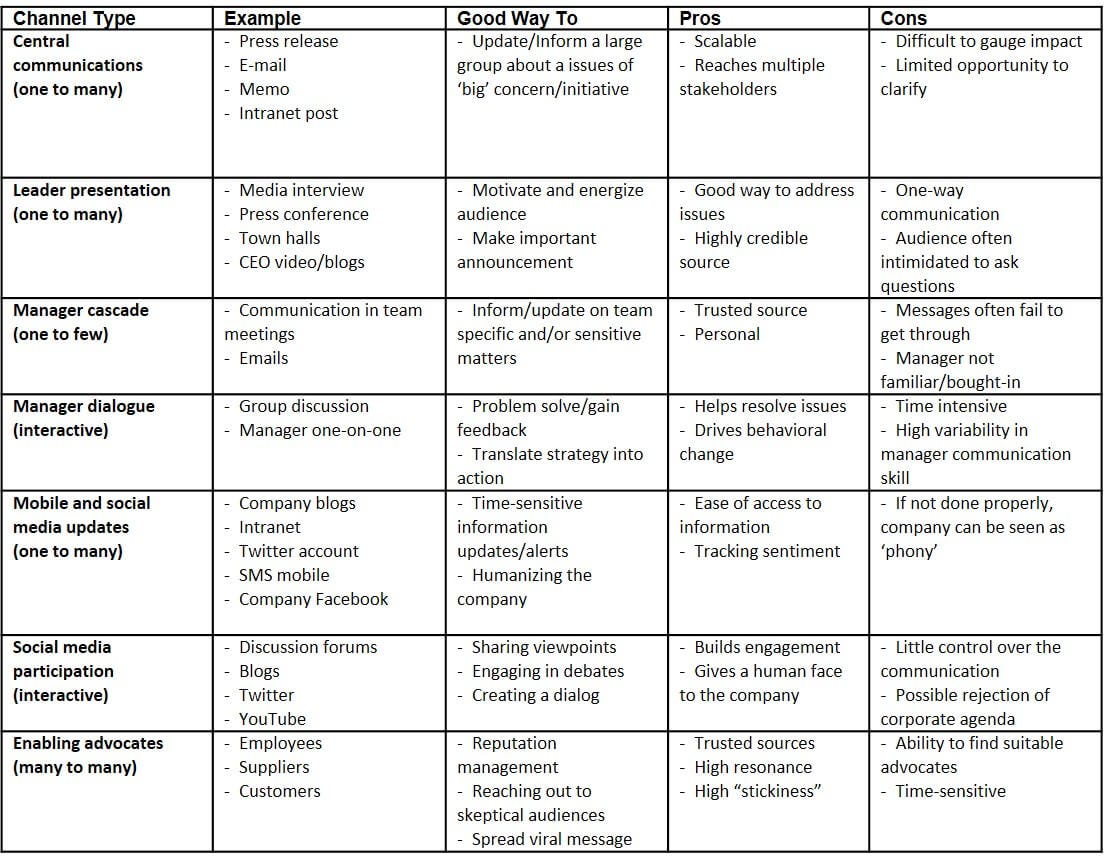Fish Where the Fish Are: Maximizing Your Marketing ROI
🎣 “In the vast sea of potential customers, why cast your net blindly? Instead, fish where the fish are and watch your marketing ROI soar!” 🌟
In today’s competitive landscape, knowing where your audience spends their time and energy is crucial for maximizing your marketing efforts. The concept of “fishing where the fish are” isn’t just a catchy phrase — it’s a strategic approach that ensures you’re reaching the right people in the right places. This blog will guide you through the steps to identify, target, and engage your ideal audience, all while maximizing your marketing return on investment (ROI).
Understanding Your Target Audience

Before you can effectively fish where the fish are, you need to know who the fish are! Understanding your target audience is the first and most critical step in this process.
- Define Your Ideal Customer
- Demographics: Age, gender, location, income level, education, etc.
- Psychographics: Interests, hobbies, values, lifestyle, etc.
- Pain Points and Needs: What problems are they facing that your product or service can solve?
2. Create Customer Personas
- Develop detailed profiles of your ideal customers. This includes not just demographics and psychographics but also behavior patterns, purchasing preferences, and more.
Example: If you’re selling eco-friendly products, your ideal customers might be environmentally conscious individuals aged 25–40 who are willing to invest in sustainable living.
Market Research: Finding Your Audience
Once you know who your audience is, the next step is to find out where they spend their time.
- Utilize Data and Analytics
- Use tools like Google Analytics, social media insights, and CRM data to gather information about your audience’s online behavior.
2. Competitive Analysis
- Study where your competitors are engaging with customers. If they’re seeing success on certain platforms, there’s a good chance your target audience is there too.
Statistics: According to a study by HubSpot, businesses that use buyer personas in their marketing see a 124% increase in lead generation.
Choosing the Right Channels
Not all channels are created equal. The key is to focus your resources on platforms where your audience is most active.

- Digital Platforms
- Social Media: Identify which platforms your audience prefers. For example, LinkedIn is ideal for B2B marketing, while Instagram and TikTok are popular among younger demographics.
- Email Marketing: Highly targeted and personalized emails can be very effective.
- SEO and Content Marketing: Optimize your website and content for search engines to reach people actively looking for solutions.
2. Offline Channels
- Consider traditional methods like print advertising, direct mail, or event sponsorships if they align with your audience’s habits.
Example: A fitness brand targeting millennials might focus on Instagram and YouTube for visually appealing content, along with hosting live workout sessions on Facebook.
Crafting Targeted Content
Once you’ve identified the right channels, the next step is to create content that resonates with your audience.
- Content Relevance
- Tailor your content to address the specific needs, preferences, and pain points of your audience.
2. Personalization and Customization
- Use data to customize messages for different segments of your audience. Personalized content has been shown to increase engagement rates by up to 20%.
3. Storytelling
- Share success stories, customer testimonials, and case studies to build trust and connect emotionally with your audience.
Statistics: According to Demand Metric, content marketing costs 62% less than traditional marketing and generates about 3 times as many leads.
Measuring Success
To ensure your efforts are paying off, it’s crucial to measure the success of your campaigns.
- Key Performance Indicators (KPIs)
- Track metrics like conversion rates, click-through rates, engagement rates, and customer acquisition costs.
2. Iterate and Optimize
- Use the data to refine your strategies. A/B testing can help determine what works best for your audience.
Example: A/B testing different email subject lines can lead to a significant increase in open rates.
Real-World Success Stories
Case Study: Dollar Shave Club
- Dollar Shave Club targeted young, cost-conscious men with a humorous viral video, leading to 12,000 new customers within 48 hours and eventual acquisition by Unilever for $1 billion.
Case Study: Airbnb
- By leveraging content created by users, Airbnb tapped into the power of authentic storytelling, resulting in exponential growth and a strong brand community.
Final Thoughts
“Don’t just throw your line into the water — fish where the fish are, and you’ll reel in the results you’ve been dreaming of!” 🎣💡
To thrive in the marketing world, it’s not enough to cast a wide net. You must be strategic and intentional, targeting your efforts where they will yield the highest returns. By understanding your audience, choosing the right channels, creating relevant content, and continuously optimizing your strategies, you can maximize your marketing ROI and achieve sustained growth.
Ready to cast your net in the right waters? Share your thoughts and experiences with targeted marketing in the comments below, and let’s start a conversation!
Comments
Post a Comment